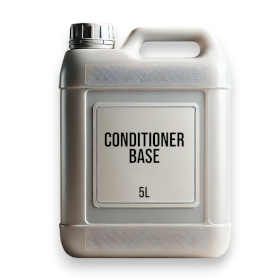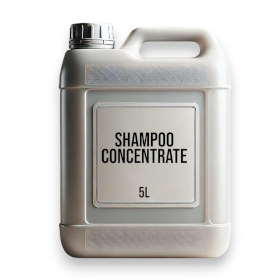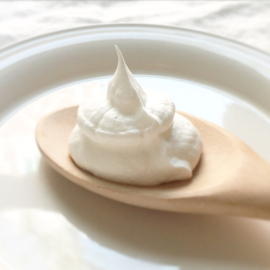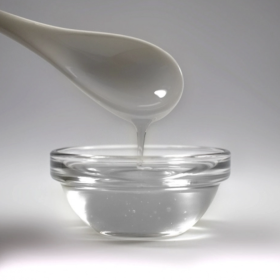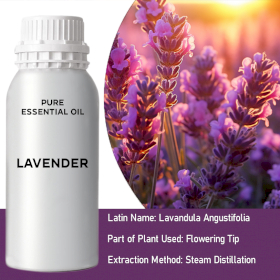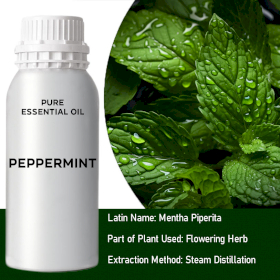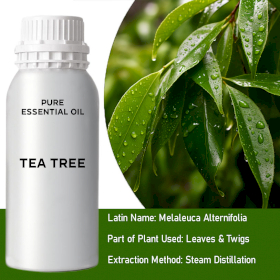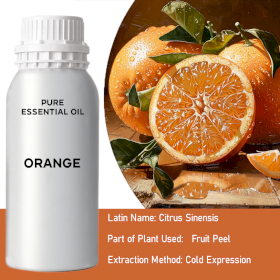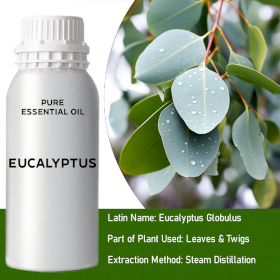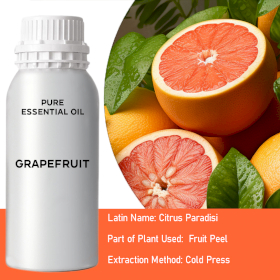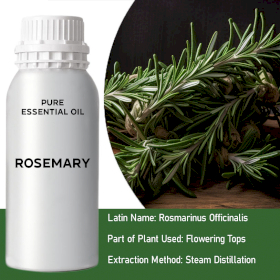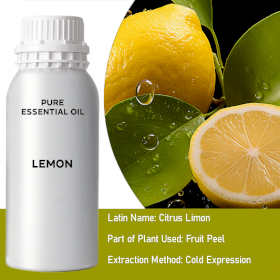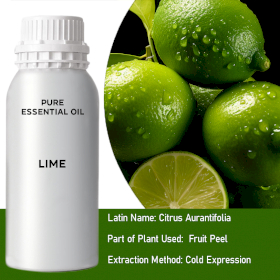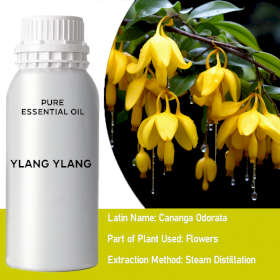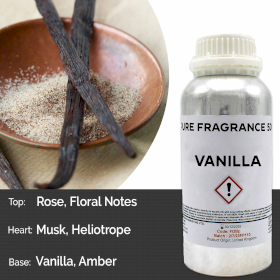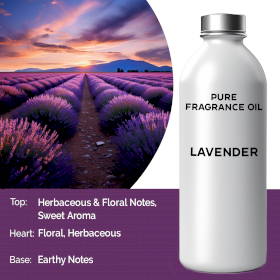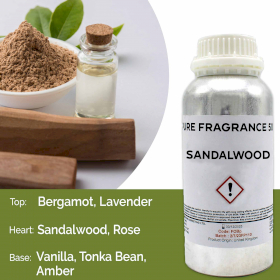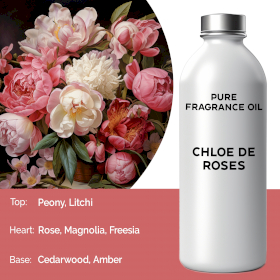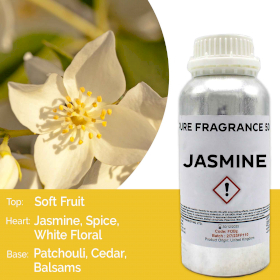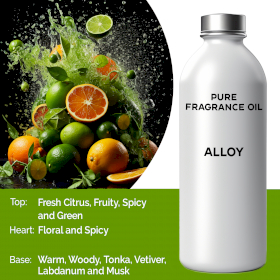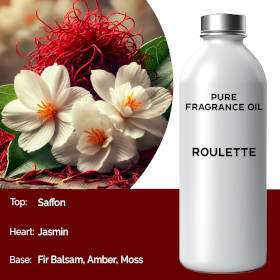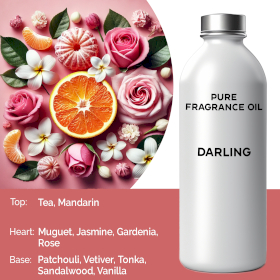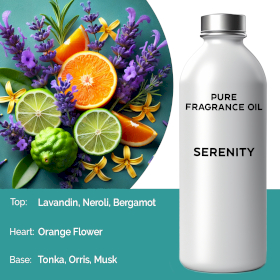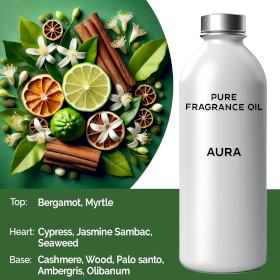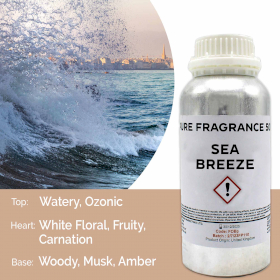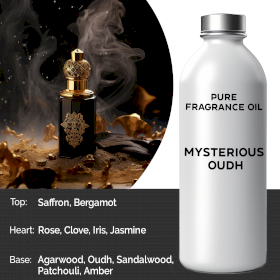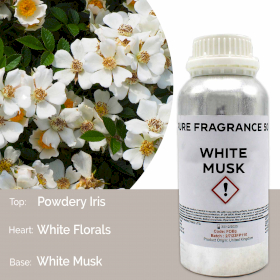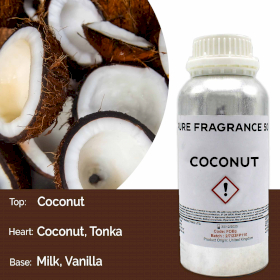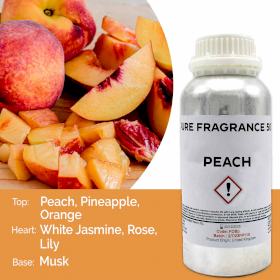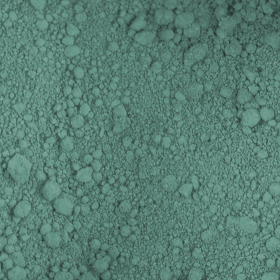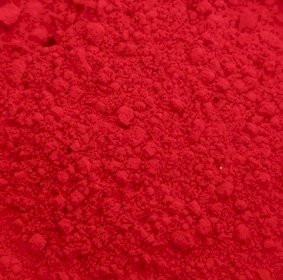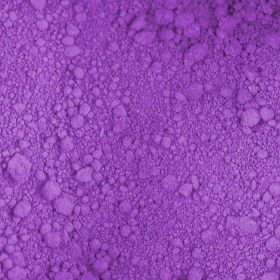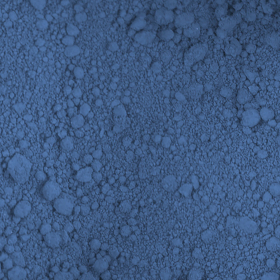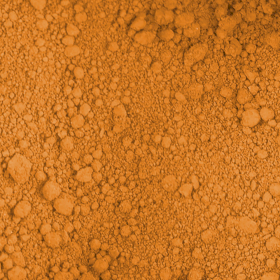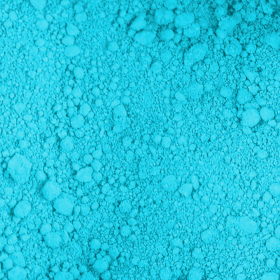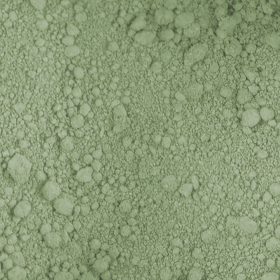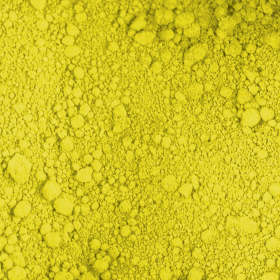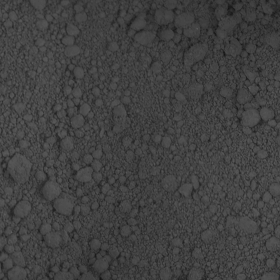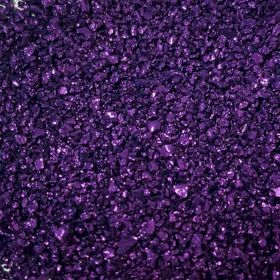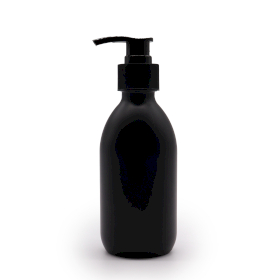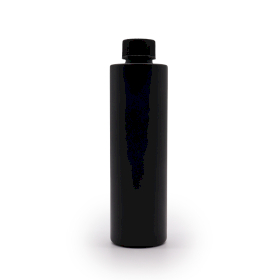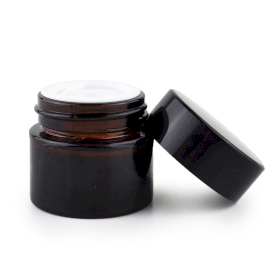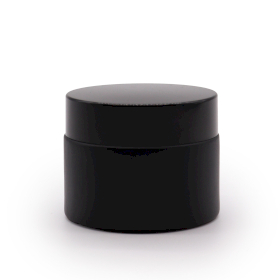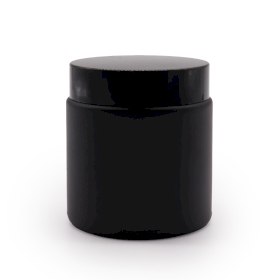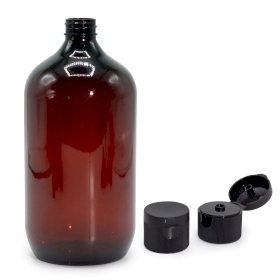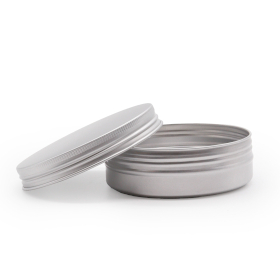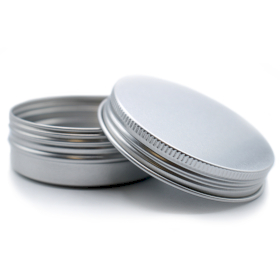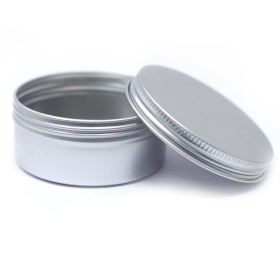How to Make Shampoo, Conditioner, Body Wash, Body Lotion
Discover how simple it is to create your own cosmetics with AW Aromatics. From shampoos and conditioners to body washes and lotions, explore step-by-step guides using our ready-to-use bases. Complete your products with bottles, jars, and tins, then customise with essential oils or fragrance oils. All oils come with IFRA documents on our website, so you can check the recommended percentages for safe use in cosmetics. Whether you’re experimenting for fun or building a brand, this is your go-to source for practical recipes, raw materials, and packaging inspiration.
Ready to use bases:
Before you start
Gear: digital scales, sanitised beakers/jugs, silicone spatula, pH strips or meter, small whisk, dropper/pipette, gloves, hairnet, bottles/jars/tins, labels.
Prep: clean bench, wash/sanitise tools, dry everything. Work by weight (grams), not volume.
IFRA: Shampoos and rinse-off conditioners are IFRA Category 9. Check the IFRA file on each oil’s product page for the max % you can use. Stay at or below that limit
Shampoo: step-by-step
Typical 1,000 g batch (example)
- 940–980 g Shampoo Base
- 5–30 g Actives (e.g., panthenol, hydrolysed protein, aloe) — optional
- 5–20 g Fragrance or Essential Oil (0.5–2.0% typical; never exceed your oil’s IFRA Cat.9 limit)
- 0–5 g Colour (water-soluble dye/mica as permitted)
- q.s. Viscosity adjuster per base guidance (e.g., salt solution/Crothix) — optional
Process
Weigh the base. Add shampoo base to a clean mixing jug. If thick, warm to 30–40°C to loosen (do not overheat).
Pre-blend scent. In a small cup, mix your fragrance/essential oil with a little base (1:4) or approved solubiliser.
Add scent slowly. Stir gently to avoid bubbles. Stop at the lower of your target % or the IFRA max.
Add actives. Fold in water-soluble actives (panthenol, proteins, extracts). Keep total additions modest (often ≤5% unless your base spec allows more).
Colour (optional). Add dropwise to target shade.
Check pH. Target pH 4.5–6.0. Adjust down with 10% citric acid solution dropwise; up with a mild base if needed.
Adjust thickness (if needed). Follow the base’s sheet: many thicken with a 2–5% salt solution added slowly, or a recommended thickener. Test a small portion first.
De-bubble. Let stand 30–60 minutes until foam settles.
Fill & cap. Fill clean bottles, wipe threads, cap tight.
Label. Include INCI, batch/date, allergens as required.
Quick fixes
Too thin → add small amounts of salt solution or the recommended thickener.
Goes cloudy after scent → acceptable in many bases; if separation occurs, pre-solubilise the oil or reduce %.
Conditioner (rinse-off): step-by-step
Typical 1,000 g batch (example)
960–980 g Conditioner Base
2–10 g Oil boosters (e.g., argan, jojoba) — optional, small amounts only
2–10 g Actives (panthenol, proteins) — optional
2–10 g Fragrance or Essential Oil (0.2–1.0% typical; never exceed your oil’s IFRA Cat.9 limit)
0–3 g Colour — optional
Process
Weigh the base. If very thick, warm to ~35–40°C to aid mixing (don’t overheat; avoid breaking the emulsion).
Pre-blend scent. Mix fragrance/essential oil with a small amount of warm base or approved solubiliser.
Add scent slowly. Stir gently until uniform. Start low; conditioners carry scent well.
Add actives/oils. Keep totals modest; excess oils can thin or destabilise the base.
Check pH. Target pH 4.0–5.0 (sweet spot ~4.5–4.8 for slip/detangle). Adjust down with lactic or citric acid solution dropwise.
Cool, then fill. Let return to room temp, then fill bottles/jars.
Label. INCI, batch/date, allergens as required.
Quick fixes
Too thin → some bases allow a compatible thickener; otherwise reduce added oils next batch.
Grainy or split look → mixing too cold/hot or too much oil; keep additions low and temperature steady.
Important safety & compliance notes
Do not add plain water unless your base sheet explicitly allows it and you understand preservative impact.
Always read the base’s technical sheet for max add-ins, thickening method, and pH range.
IFRA documents on each oil’s product page show the maximum % for Category 9. Stay within it.
Selling in the UK/EU? You’ll need a CPSR, proper labelling (INCI + allergens), PIF, SCPN/CPNP notification, and GMP records.
Body Wash: step by step
IFRA: Body wash is Category 9. Check each oil’s IFRA file and stay at or below the Cat. 9 max.
Typical 1,000 g batch (example)
940–980 g Body Wash/Shower Gel Base
5–20 g Fragrance or Essential Oil (0.5–2.0% typical; never exceed IFRA Cat. 9)
0–10 g Actives (aloe, glycerin, panthenol) optional
0–5 g Colour (water-soluble dye; mica only if the base tolerates it)
q.s. Viscosity adjuster per base guidance (salt solution or recommended thickener)
Process
Weigh the base. If very thick, warm gently to 30–40°C to loosen.
Pre-blend scent with a little base or approved solubiliser.
Add scent slowly while stirring gently to avoid foam.
Add actives. Keep total additions modest unless the base spec allows more.
Colour, drop by drop, to target shade.
Check pH. Target 5.0–5.5 unless your base sheet states otherwise. Adjust down with 10% citric acid solution.
Adjust thickness if needed. Many surfactant bases thicken with small additions of 2–5% salt solution or a recommended thickener. Pilot a small beaker first.
Rest to de-bubble, then fill bottles, cap, and wipe threads.
Label with INCI, batch/date, and allergens.
Quick fixes
Too thin: add a little salt solution or the specified thickener.
Cloudy after scent: reduce fragrance load or use a better solubiliser.
Excess foam in the jug: let it stand; don’t whisk.
Body Lotion: step by step
IFRA: Leave-on body lotion is Category 5A. Use the IFRA file for each oil and stay within Cat. 5A.
Typical 1,000 g batch (example)
970–990 g Lotion Base
2–10 g Fragrance or Essential Oil (0.2–1.0% typical; never exceed IFRA Cat. 5A)
2–15 g Actives (panthenol, niacinamide, hyaluronic solution) optional, within base limits
1–5 g Oil boosters (argan, jojoba) optional; keep low to protect stability
0–3 g Colour optional
Process
Weigh the base. If very thick, warm gently to 30–35°C to ease mixing.
Pre-blend scent with a small amount of base or a compatible solubiliser.
Add scent slowly, stir until uniform. Start low; lotions carry scent well.
Add actives and tiny amounts of oil boosters. Too much oil can thin or destabilise the emulsion.
Check pH. Target 5.0–5.5 unless your base sheet specifies a range. Adjust down with lactic or citric acid solution dropwise.
Cool to room temperature, then fill bottles or jars.
Label with INCI, batch/date, and allergens.
Quick fixes
Thinning or slight separation: you likely added too much oil or mixed too hot/cold. Reduce oils next batch and keep temperature steady.
Draggy feel: add a touch of humectant (glycerin) if your base allows.
Scent too strong: cut the fragrance percentage; never exceed IFRA.
Safety and compliance reminders
Don’t add plain water unless the base documentation allows it and the preservative system can support it.
Always follow the base’s technical sheet for max add-ins, pH window, and thickening method.
AW Aromatics lists IFRA documents on each oil’s product page. Use them to confirm the correct category and maximum percentage before you blend.
Selling in UK/EU: you’ll need CPSR, INCI and allergen labelling, PIF, SCPN/CPNP, and GMP records.
Essential Oils:
Top Essential Oils for Shampoo, Conditioner, Body Wash & Lotion
Essential oils do more than just add fragrance – they bring real benefits for skin, hair, and mood. Here are the most popular choices for each type of cosmetic
Shampoo
Lavender – calming aroma, balances scalp.
Rosemary – linked with thicker, healthier hair.
Tea Tree – clarifies scalp, helps with dandruff.
Peppermint – cooling and refreshing, boosts circulation.
Lemongrass – fresh scent, cuts through excess oil.
Chamomile – gentle, great for sensitive scalps.
Cedarwood – grounding aroma, often used for scalp health.
Clary Sage – balancing oil, supports healthy hair.
Eucalyptus – clean, invigorating scent.
Bergamot – citrus lift with an elegant twist.
Conditioner
Lavender – soothes scalp and leaves a relaxing scent.
Rosemary – supports hair strength.
Geranium – floral and balancing, adds shine.
Peppermint – cooling and stimulating.
Ylang Ylang – exotic floral, often used for dry hair.
Tea Tree – purifying, helps with oily roots.
Chamomile – softens and calms sensitive scalps.
Sandalwood – woody, luxurious base note.
Cedarwood – earthy, grounding, supports scalp balance.
Clary Sage – fresh herbal note, balances hair oils.
Body Wash
Eucalyptus – classic “spa shower” scent.
Grapefruit – bright and uplifting.
Orange (Sweet) – cheerful, popular, budget-friendly.
Lemon – zesty and fresh.
Bergamot – citrus with a sophisticated edge.
Peppermint – cooling and energising.
Tea Tree – refreshing, cleansing.
Lavender – calming for an evening wash.
Lime – crisp and energising.
Spearmint – sweeter mint, refreshing without the bite.
Body Lotion
Lavender – the go-to for bedtime lotions.
Geranium – balancing floral, popular in skincare.
Frankincense – premium, grounding, “anti-ageing” reputation.
Ylang Ylang – sensual floral note.
Patchouli – deep, earthy, pairs well with florals.
Rose – timeless floral, luxury appeal.
Chamomile – soothing and gentle for sensitive skin.
Cedarwood – warm, grounding base note.
Jasmine – exotic and floral, high-end feel.
Sandalwood – creamy and rich, holds blends together.
